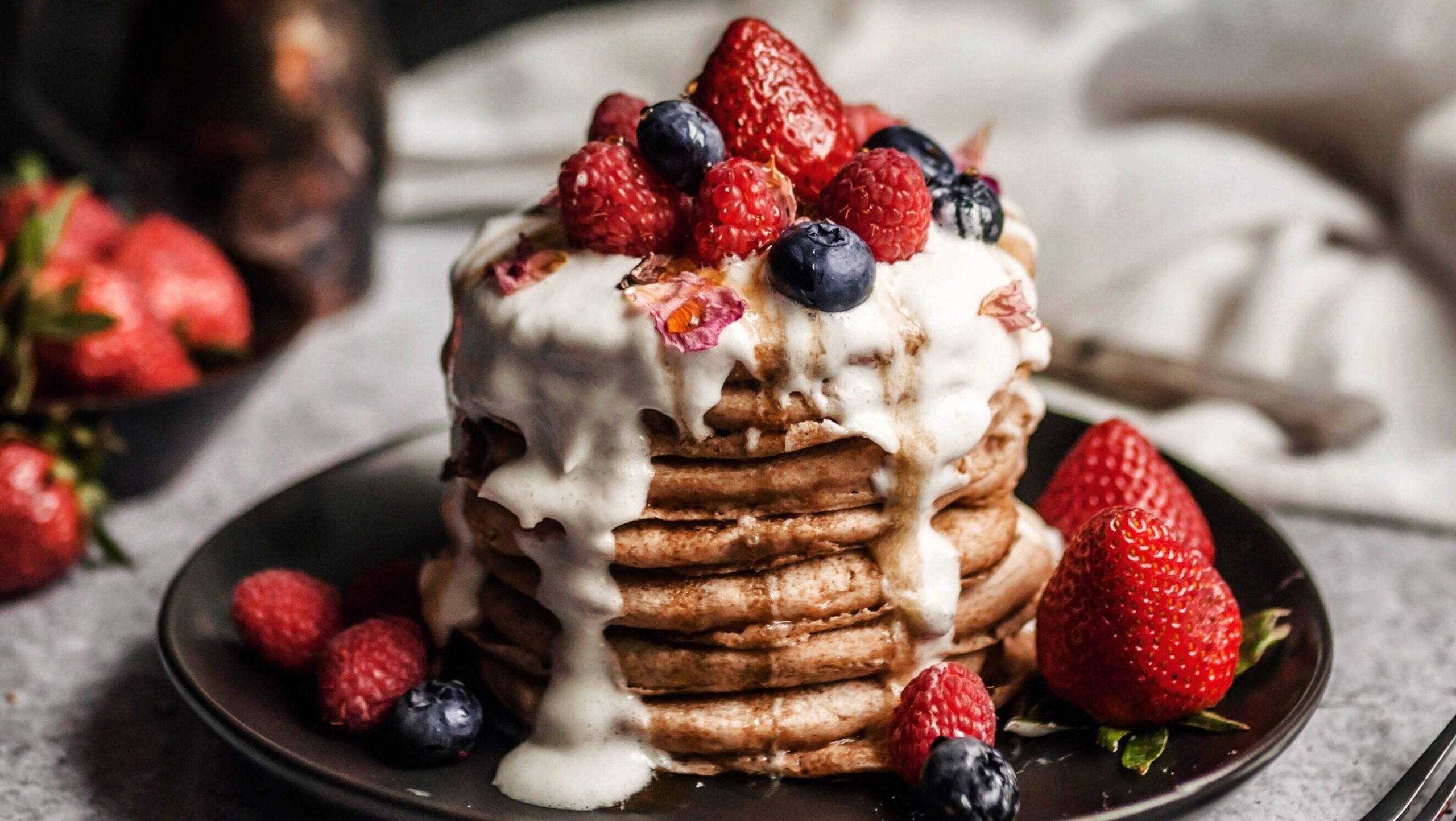Index Surge: Amplifying Your Insights
Stay updated with the latest trends and news across various industries.
Forks, Filters, and Finesse: Crafting Irresistible Food Shots
Discover expert tips and tricks to elevate your food photography game and create stunning, mouthwatering shots that wow your audience!
Mastering Food Photography: Essential Tips for Captivating Shots
Photography plays a pivotal role in showcasing culinary creations, and mastering food photography involves understanding both the technical aspects and the artistic elements. Start by considering lighting; natural light is your best friend, highlighting textures and colors without harsh shadows. Using a tripod can also help stabilize your shots, ensuring clear and crisp images. Experiment with different angles—overhead shots are great for flat lays, while side angles can capture height and layers in dishes. Don't forget to pay attention to the composition; the rule of thirds can guide you in placing your subject in a way that's visually appealing.
Props and backgrounds play a significant role in enhancing your food photography. Choose props that complement your dish without overshadowing it. Simple plates, utensils, and napkins add context without distraction. For backgrounds, consider using textured surfaces like wood or stone to create depth. Additionally, editing your photos can elevate your work; adjust brightness, contrast, and saturation to make the food pop. Remember, the goal of food photography is not just to capture a meal but to evoke sensations and cravings, enticing viewers to dive into your culinary world.

The Art of Food Styling: Techniques to Elevate Your Culinary Images
The Art of Food Styling is a vital skill for anyone looking to enhance their culinary images. Utilizing techniques such as color contrast and composition can make a significant difference in how the food is perceived. Begin by selecting a clean background that complements the dish; neutral colors often work best. Experiment with different angles to find the most appealing shot, and don't hesitate to layer elements by incorporating garnishes or props to add depth to the image. Remember, your goal is to create a visually appetizing scene that captures the viewer’s attention.
To further elevate your food photography, consider applying these essential techniques:
- Lighting: Natural light works wonders; aim for soft, diffused light to reduce harsh shadows.
- Texture: Highlight the textures of the ingredients by using various plating techniques.
- Styling Tools: Invest in a few key tools like tweezers for precise placement and a spray bottle for a fresh look.
Top 10 Common Mistakes to Avoid in Food Photography
Food photography is an art that requires both technical skills and a keen eye for detail. One of the common mistakes to avoid is neglecting natural light. Many photographers rely too heavily on artificial lighting, which can lead to unflattering shadows and colors. Instead, try to capture your dishes in natural light by using windows or outdoor settings, which can enhance the visual appeal of the food and showcase its texture and colors.
Another frequent error is overcrowding the frame. When photographing food, it's tempting to include multiple dishes or props, but this can make the image feel cluttered. A better approach is to choose a single subject and compose your shot with purpose. Consider using negative space to draw attention to the main dish, allowing it to stand out. Remember, sometimes less is more in food photography.